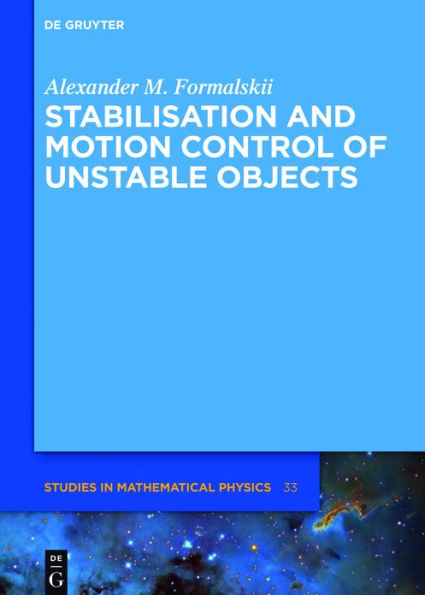Systems with mechanical degrees of freedom containing unstable objects are analysed in this monograph and algorithms for their control are developed, discussed, and numerically tested. This is achieved by identifying unstable modes of motion and using all available resources to suppress them. By using this approach the region of states from which a stable regime can be reached is maximised. The systems discussed in this book are models for pendula and vehicles and find applications in mechatronics, robotics as well as in mechanical and automotive engineering.
"1122001717"
Stabilisation and Motion Control of Unstable Objects
Systems with mechanical degrees of freedom containing unstable objects are analysed in this monograph and algorithms for their control are developed, discussed, and numerically tested. This is achieved by identifying unstable modes of motion and using all available resources to suppress them. By using this approach the region of states from which a stable regime can be reached is maximised. The systems discussed in this book are models for pendula and vehicles and find applications in mechatronics, robotics as well as in mechanical and automotive engineering.
230.0
In Stock
5
1

Stabilisation and Motion Control of Unstable Objects
255
Stabilisation and Motion Control of Unstable Objects
255Related collections and offers
230.0
In Stock

Product Details
| ISBN-13: | 9783110392821 |
|---|---|
| Publisher: | De Gruyter |
| Publication date: | 11/13/2015 |
| Series: | De Gruyter Studies in Mathematical Physics , #33 |
| Sold by: | Barnes & Noble |
| Format: | eBook |
| Pages: | 255 |
| File size: | 12 MB |
| Note: | This product may take a few minutes to download. |
| Age Range: | 18 Years |
About the Author
From the B&N Reads Blog
